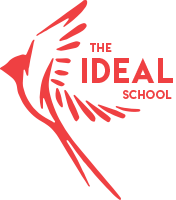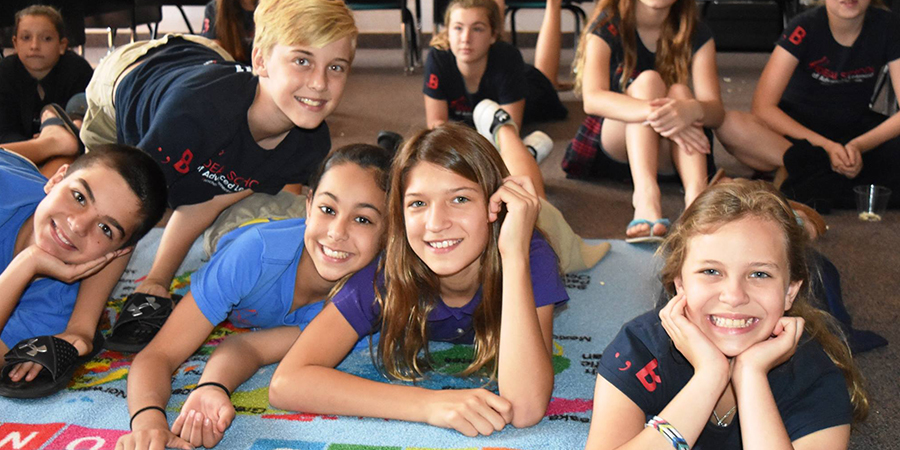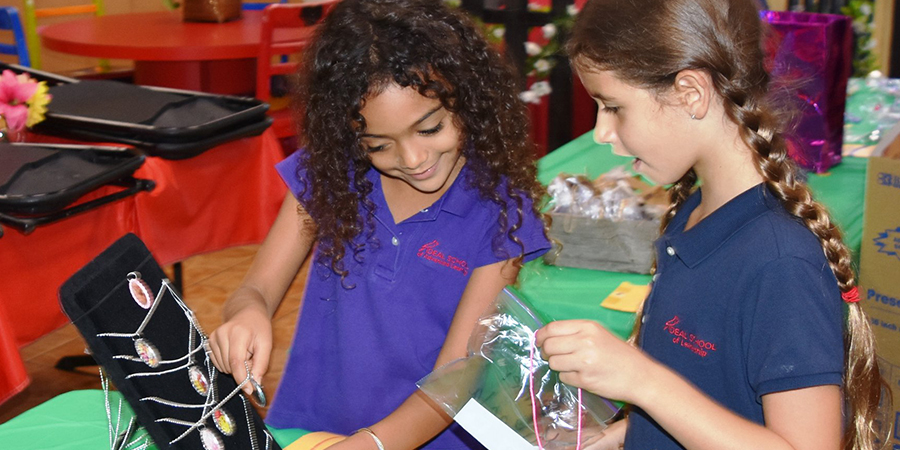WOW PHILOSOPHY


We don't just expand conventional education boundaries—we redraw them.
MISSION
IDEAL School applies current brain research to educate the 21st century learner to have the knowledge and emotional intelligence to reach their full potential and be extraordinary.
VISION
The IDEAL School is an enthusiastic and joy-driven second home, where all students graduate “innovation ready” and are able to use challenging academic content with their emotional intelligence to solve a problem, create a relevant product, and lead by inspiration in the world.
IQ+EQ
Intelligence Quotient & Emotional Quotient
MI
Multiple Intelligences
SQ
Mindfulness (Spiritual Quotient)
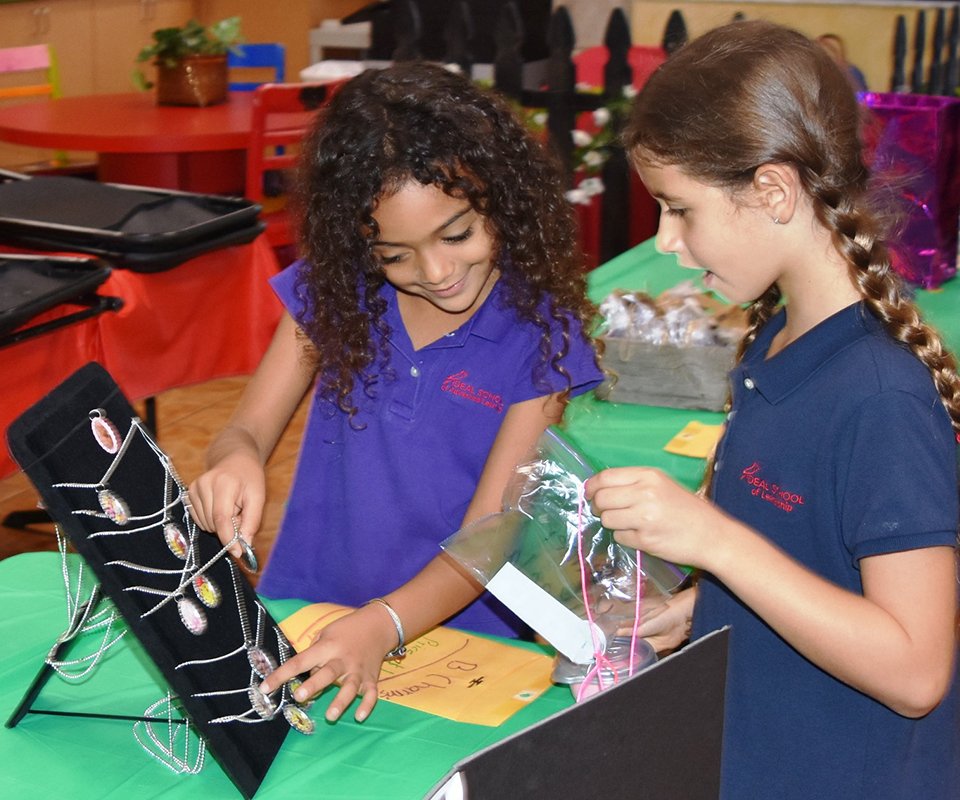
IQ+EQ
Our Philosophy
We are living in an Innovative economy where students need transformative teaching and learning that focuses on both interpersonal and intellectual skills ( IQ AND EQ) to excel in happiness and success in academia, the workplace and life.
What is IQ+EQ?
Definition: Emotional quotient (EQ) or emotional intelligence is the ability to identify, assess, and control the emotions of oneself, of others, and of groups. An intelligence quotient (IQ) is a score derived from one of several standardized tests designed to assess intelligence.
IQ Skill Set
IQ Critical Thinking and Problem Solving
IQ Effective Oral and Written Communication
IQ Accessing and Analyzing Information
EQ Skill Set
EQ Collaboration and Leading by Influence
EQ Adaptability and Resilience
EQ Initiative and Self Motivation
EQ Curiosity and Imagination
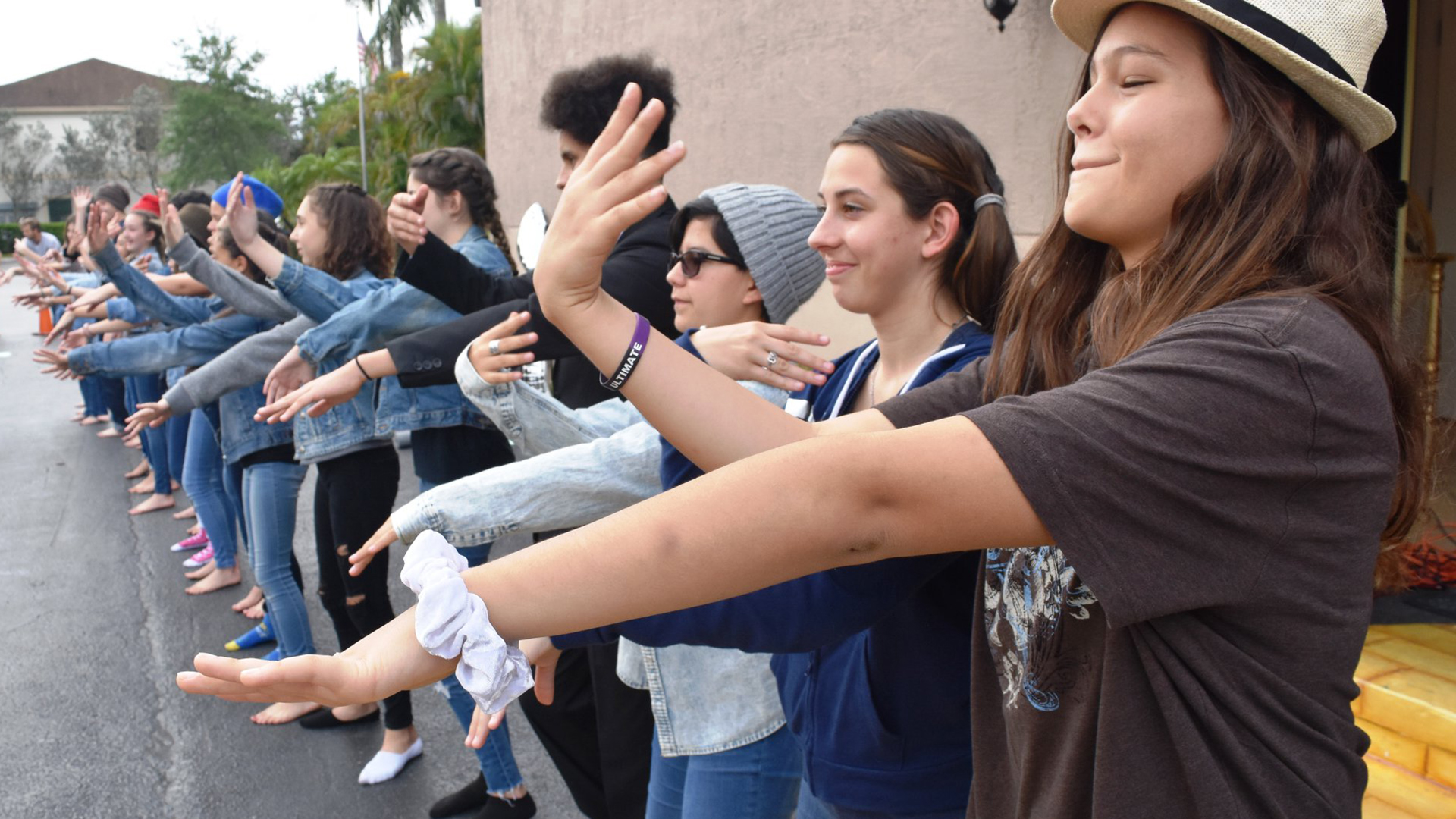
How we teach IQ+EQ?
IDEAL School understands that each child is born with certain levels of Emotional Intelligence. IDEAL strengthens these abilities through daily modeling, persistence, practice, and feedback incorporated into the curriculum and school culture.
When the children arrive at IDEAL the first thing in the morning, there are NO academics for the first 20 minutes of school. The first priority and focus of every day is emotional intelligence. Every IDEAL student participates in an intimate gathering where the conversation content is about the students’ feelings and interests. Emotional Intelligence is a wide range of skills that children of all ages can develop and improve. These skills are critical for emotional well-being and life success. Emotional development (virtues) is an integral part of the IDEAL curriculum. Our daily and weekly discussions encompass the five domains of “social and emotional” learning:
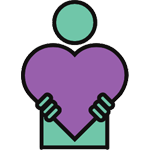
Knowing One’s Emotions
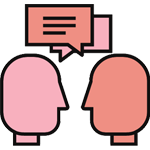
Identifying & Expressing Emotions
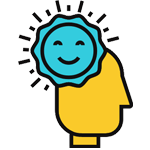
Motivating Oneself
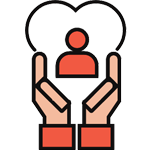
Recognizing & Accepting Emotions In Others
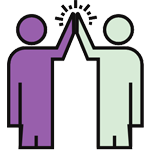
Maintaining Productive Relationships
IQ+EQ Research
Our enchanting school culture tiers intellectual and emotional intelligence skill expectations from grade to grade giving students a succession of achievements – building their confidence so they create positive behavior patterns and see themselves as creative problem solvers and innovative learners.
The cumulative effect, year on year, is that having this ability to mindfully approach an interpersonal or intellectual problem where the answer, or maybe even the real question, is unknown, feels natural to the IDEAL student. This is an immensely empowering skill to instill in our students. IDEAL students are equipped to become future leaders, innovators and entrepreneurs. They will make their dreams a reality!
MULTIPLE INTELLIGENCES
Our Philosophy
All children deserve a transformational learning culture based on brain knowledge and authenticity.
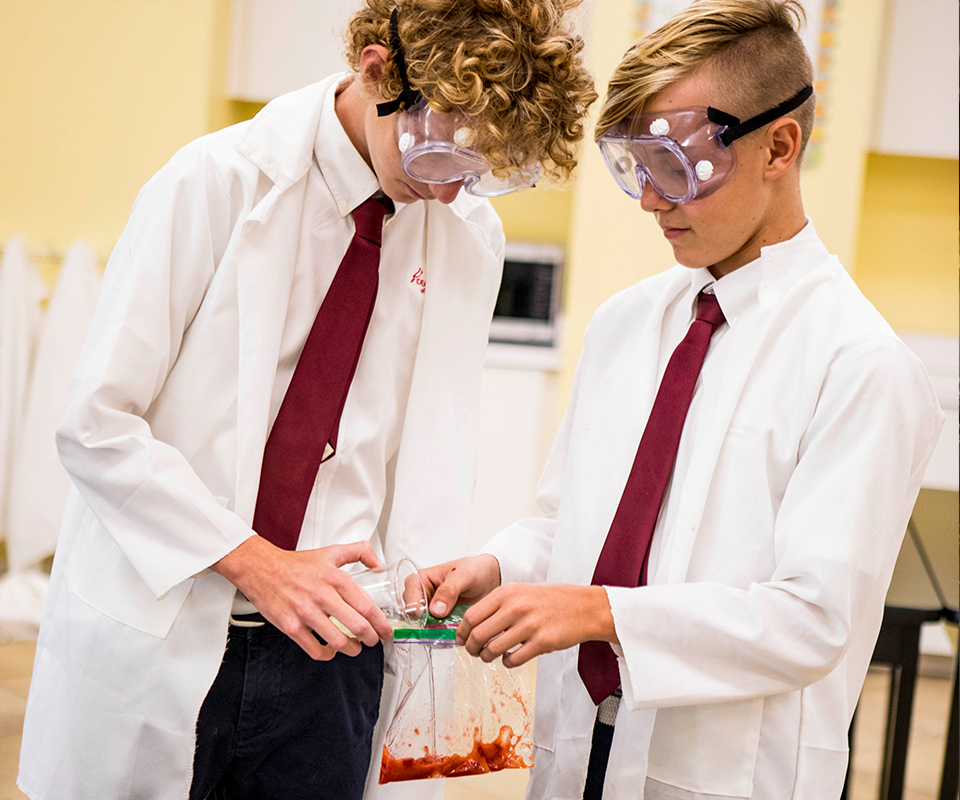
What is Multiple Intelligence Theory?
Brain-based schools using MI are centered on the educational philosophy of Dr. Howard Gardner, a professor of education at Harvard University, who believed that all children possess varying degrees of strength in eight intelligences. Traditional schools measure student achievement in mainly two intelligences: verbal and mathematical. The MI theory recognizes children’s gifts in eight areas. Children at schools practicing MI theory refer to their strengths based on the eight intelligences as linguistic, spatial, logical-mathematical, bodily-kinesthetic, interpersonal, intrapersonal, naturalist and musical.
Linguistic
How can I use the written or spoken word?
Spatial
How can I use visual aides, visualization, color, art, or metaphor?
Logical-Mathematical
How can I bring numbers, calculations, logic, classifications, or critical thinking?
Bodily-Kinesthetic
How can I involve the whole body or the use of hands on experience?
Interpersonal
How can I engage students in peer sharing, cooperative learning, or large group simulation?
Intrapersonal
How can I evoke personal feelings or memories, or give students choices?
Naturalist
How can I encorporate living things or systems?
Musical
How can I bring in music or enviromental sounds or set key points in rhythmic or melodic framework?
How we teach Multiple Intelligence Theory?
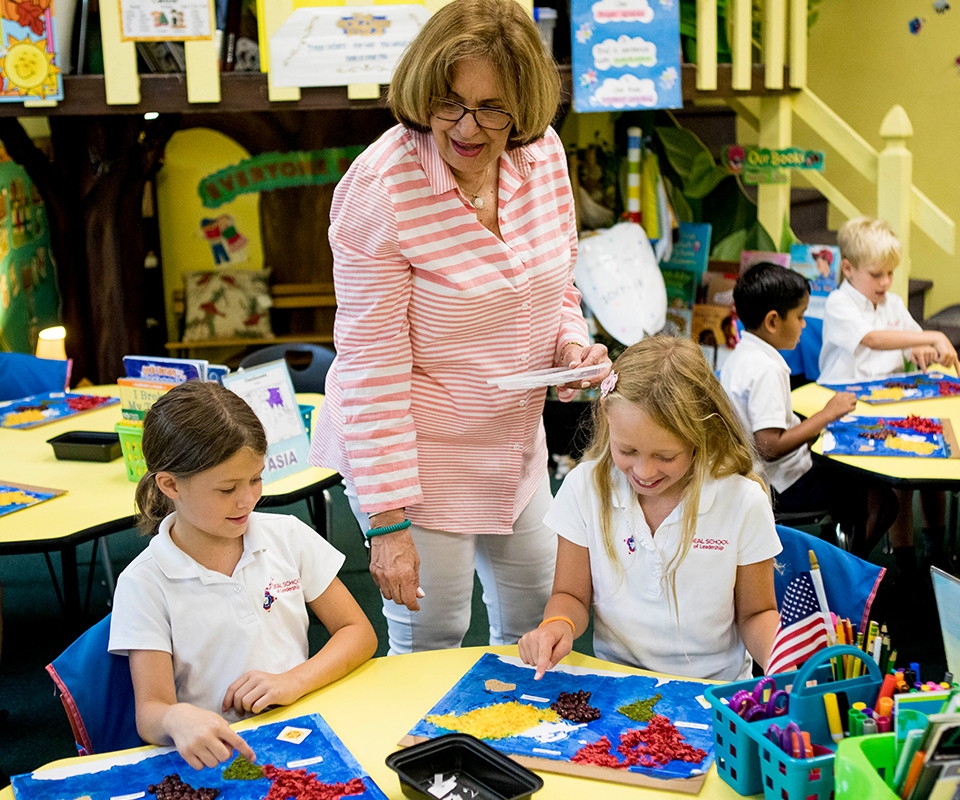
Multiple Modes of Instruction
What you will see at a school using MI practices will be activities that are relevant in the real world beyond school walls. You will see students working either in groups or individually. You will see movement, social interaction, problem solving and creating. You may hear discussions, role playing, songs and music, with the noise level ranging from loud to quiet. The lessons are student-centered, hands-on and student-driven. Children actively participate in their learning, using their own initiative to explore and make connections in a manner that they can understand. Teachers set up varied, layered activities revolving around a theme or concept. Some activities allow students to use their talents, while other activities will help them develop new skills.
Multiple Modes of Assessment
In innovative, brain-based schools teachers do not rely solely on verbal and mathematical assessments to measure student achievement. Students’ learning is assessed through multiple modalities. Many of the assessments are part of thematic, long-term projects where students may choose to draw on their talents to display their knowledge of the content. In a social studies lesson, students can demonstrate their understanding of the Underground Railroad, for example, by constructing 3-D models, creating a story quilt or a board game, writing journal entries or performing a ballet. Students learn from each other by working collaboratively on thematic units and teachers are trained to guide students to challenge themselves to explore other intelligences.

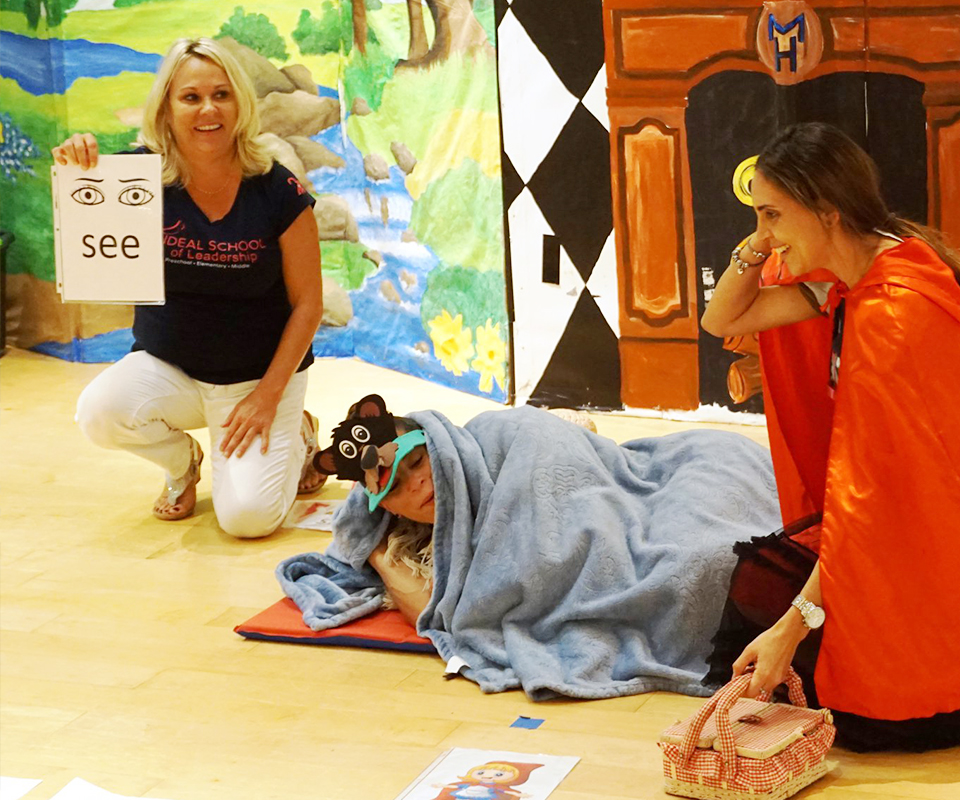
Students Learn about Learning
At innovative, brain-based schools students learn about learning. They become aware of different learning styles and what learning styles work for them. They become better equipped to make decisions and take ownership of their education. Students are taught to celebrate their strengths and are encouraged to work on areas that pose challenges. Students become self-directed learners, possessing a set of skills that will serve them well in college and in their future careers.
Multiple Intelligence Theory Research
The Theory of Multiple Intelligences was introduced by Professor Howard Gardner of Harvard University and identifies eight distinct areas of intelligence. In order to fully understand each area of intelligence and how it affects learning, we must identify each individually. Then, as a parent, you may ask yourself, “would my child benefit from having his or her individual talents nourished and guided?” You will find that more often than not, the answer will be a resounding YES.
MINDFULNESS
Our Philosophy
The individual who can be mindful, create, communicate, collaborate, problem solve, and inspire others will excel in today’s world.

What is Mindfulness?
We live in a stressful world and often troubled times. IDEAL School is a safe haven where academic practices and the school culture provide children with emotional comfort and pleasure, as well as, knowledge.
IDEAL students graduate with EI resources to be mindfully aware and create their own personal utopia in the real, “big” world. IDEAL students are taught the science of the brain (parts and functions), so that they may become mindful of themselves, their actions and others.
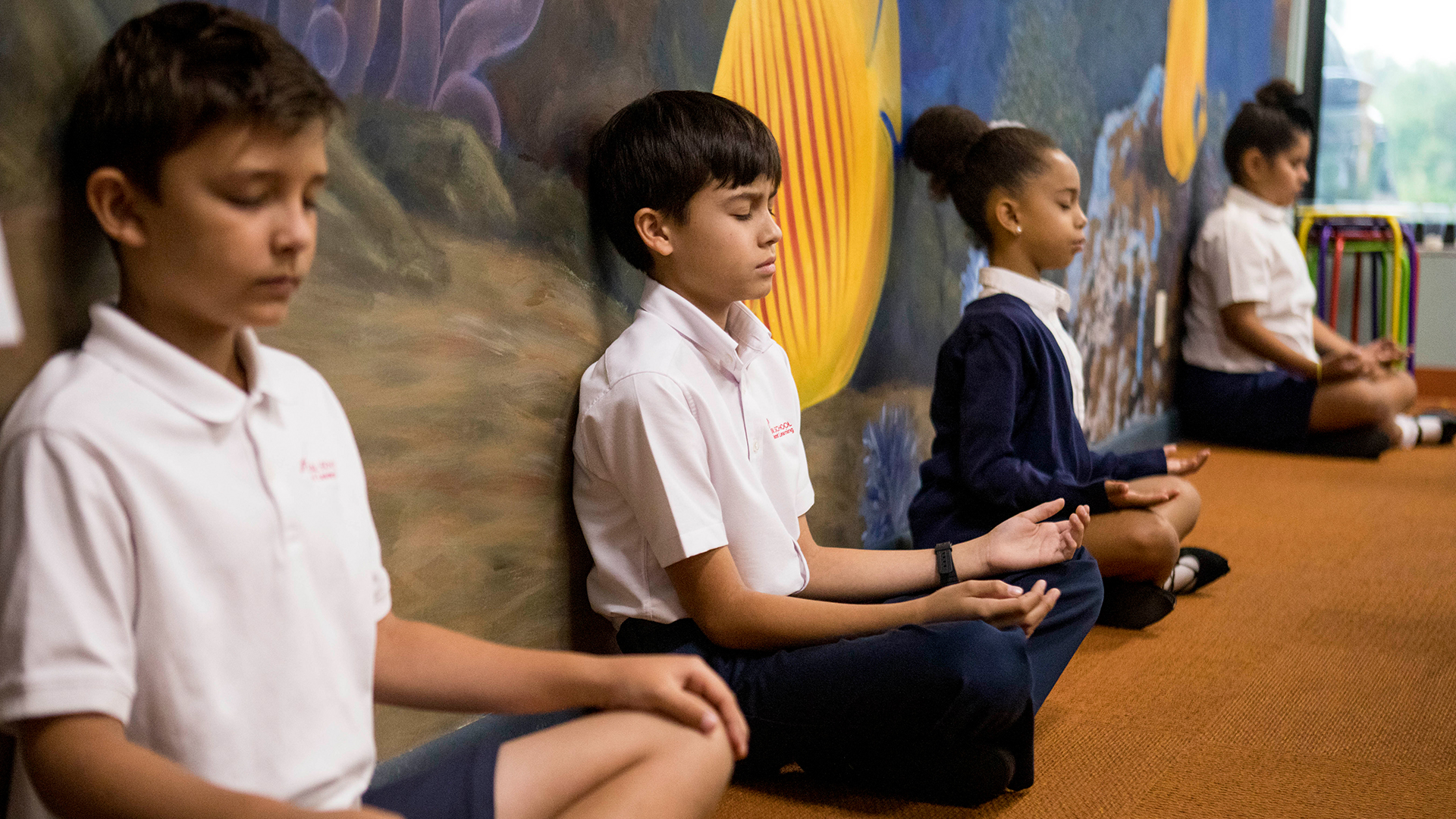
How we teach Mindfulness
IDEAL School teaches strategies such as meditation, four square breathing, above the line perspectives, limbic awareness, intrinsic rewards, task and instructional analysis and mirror neurons. for helping students focus, self-regulate, build resilience to stress and to develop a positive mind-set for school and life.
IDEAL students excel in school and all future endeavors. Due to their immersion in an EQ learning culture at IDEAL SCHOOL, our students have established a habit of creating resources for working with emotions by acknowledging them and moving on, fostering an affirmative environment with a “Can Do” attitude, and of taking a proactive mindful problem solving approach to daily challenges. According to the community and testimonials, extraordinary IDEAL alumni are reportedly raising the performance, motivation, and integrity bar in life!

Meditation

Four Square Breathing
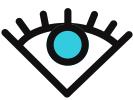
Above the Line Perspectives
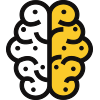
Limbic Awareness

Intrinsic Rewards
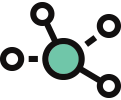
Task & Instructional Analysis
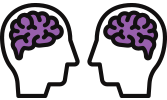
Mirror Neurons

